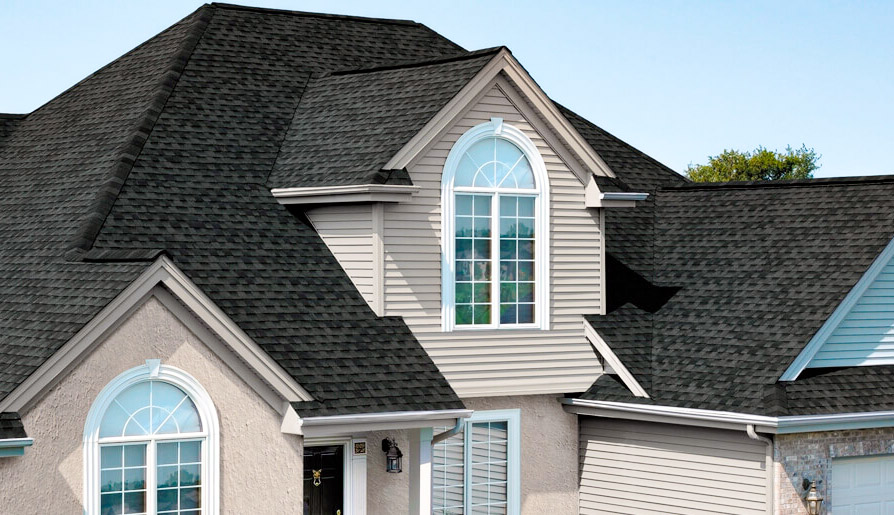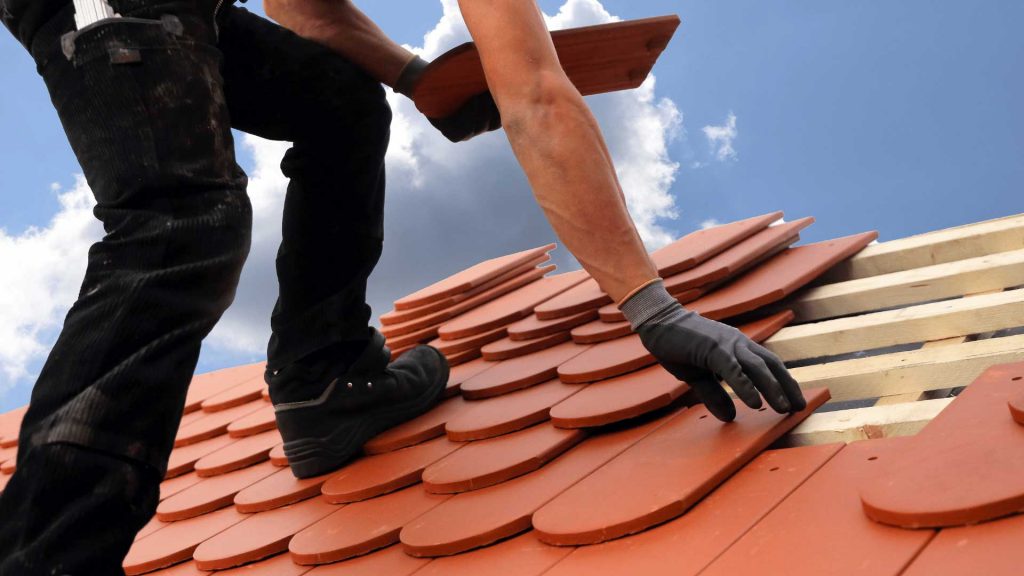Roofing materials are an important investment when it comes to protecting a structure from the elements.
Asphalt shingles and tile roofs represent two popular choices for roofing material, each of which has its own pros and cons.
This article will provide a comparison between asphalt shingles vs. tile roofs, assessing their respective merits and drawbacks in order to help individuals make an informed decision about the ideal choice for their needs.
The aim of this article is not only to compare asphalt shingles and tile roofs but also to encourage readers to consider all aspects of these two options before making their final selection.
By understanding the advantages and disadvantages of both solutions, individuals can ensure that they have chosen one that fits with their particular requirements.
Cost Considerations
The cost of roofing materials is an important consideration when deciding on the best option for a home or business.
Asphalt shingles are typically more affordable than tile roofs, making them a popular choice among homeowners.
However, it is important to consider the long-term costs associated with both types of roofs and how they may affect energy efficiency over time.
Asphalt shingle roofs can require frequent maintenance due to their low durability rating compared to other options such as tile roofs. This includes regular inspections and repairs which can become costly over time.
Tile roofs, on the other hand, provide excellent insulation and reflectivity properties, leading to potential savings on monthly utility bills throughout the year.
As such, while an initial investment in tile roofing may be higher than asphalt shingles, its overall impact on energy costs makes it worth considering as a viable option going forward.

Installation Requirements
Installation of roofing materials is an important factor to consider when making a decision between asphalt shingles and tile roofs.
Asphalt shingles are easy to install, which makes them an attractive choice for homeowners who want to save money on labor costs associated with installation or who plan on completing the project themselves.
Compared to asphalt shingle roofs, tile roofs require special tools and more experienced contractors due to their weight and complex structure.
Energy efficiency is another key consideration in selecting roofing material; both options offer advantages as well as drawbacks in this regard.
Generally speaking, tile roofs provide higher levels of insulation than asphalt shingle roofs because they have better thermal properties, meaning they can help reduce energy bills over time by keeping homes cooler during hot months.
Durability And Lifespan
Durability and lifespan are two of the most important factors to consider when comparing asphalt shingles and tile roofs.
Asphalt shingles are usually cheaper than tile, but they have a shorter life expectancy of around 20 years with proper maintenance. Tile roofs can last up to 50 years or more depending on the quality of materials used, although they require much more frequent maintenance due to their challenge in dealing with extreme weather conditions that can cause cracking.
For homeowners who plan on staying in their home for an extended period of time, opting for higher-end tiles may be worth considering as durability is often correlated with cost – while it will generally come at a greater expense initially, over time there could be savings from reduced maintenance costs and energy efficiency.
Resistance To Weather And Damage
The resistance of roofing materials to weather and damage is an important consideration when deciding between asphalt shingles or tile roofs. Both materials have distinct advantages in this regard, with each providing a different level of protection against the elements.
Asphalt shingles are renowned for their durability and low maintenance needs; they are also relatively energy efficient compared to other types of roofing material.
Tile roofs, on the other hand, offer superior protection from extreme temperatures, including both hot and cold conditions, as well as increased wind resistance. Their longevity means that they require less frequent replacement than asphalt shingles, but they may come at a higher cost initially due to the installation process being more labor-intensive.
Ultimately, it will be up to homeowners to decide which type of roof best meets their needs based on budget and desired levels of performance.
Fire Safety Ratings
As roofing materials, asphalt shingles and tile roofs have different fire safety ratings. Moreover, noise reduction and energy efficiency are two important factors to consider when selecting a roofing material.
When it comes to fire safety ratings, asphalt shingle roofs have the advantage of being Class A rated for Fire Resistance, whereas tile roofs can be either Class A or B rated depending on the type of underlayment used with them.
Asphalt shingle roofs also provide superior protection from wind damage as they tend to remain intact during high winds due to their interlocking design and heavier weight compared to tiles. Additionally, asphalt shingle roofs offer better sound absorption than tile roofs because the felt paper between layers helps reduce outdoor sounds in comparison to tiles that bounce back more noise into the home.
In terms of energy efficiency, both types of materials have similar levels of heat transfer which means each option will help keep homes cool in hot climates. However, one key difference is that lighter colored asphalt shingles reflect more sunlight than darker colored tiles meaning homeowners may see lower monthly utility bills with an asphalt shingle roof installation versus a tile roof installation.

Aesthetic Considerations
After discussing the fire safety ratings of asphalt shingles and tile roofs, it is important to consider the aesthetic differences between them.
One major difference lies in their color options. Asphalt shingles come with a wide range of colors, including shades of browns, reds, blues, greens and greys, as well as various combinations thereof. Tile roofs are also available in many different colors such as clay tones or terracotta hues which can help create an attractive Mediterranean look for any building.
The overall aesthetic appeal of both materials should be taken into consideration when making a decision about what type of roof material to use. Asphalt shingles have a traditional appearance that may not fit with some architectural styles whereas tiles bring a unique charm to any roofscape due to their distinctive profile and texture.
Furthermore, certain types of tiles like metal panels can add visual interest by reflecting light at different angles depending on where the sun is located throughout the day.
Ultimately, each homeowner must decide which material will better complement their home’s existing style while ensuring adequate protection from potential fires.
Environmental Impact
The environmental impact of roofing materials is an important factor to consider when deciding between asphalt shingles and tile roofs. In this section, we will explore energy efficiency and material sourcing in both options.
When it comes to energy efficiency, asphalt shingles are the more efficient option for roofing due to their lighter weight and higher reflectivity rate. Asphalt shingle roofs can reduce cooling costs by up to 20%, making them a popular choice among homeowners seeking to save on utility bills or those looking for green home improvements.
Tile roofs also offer some energy savings compared to other materials but not as much as asphalt shingles due to their heavier weight which can cause increased heat gain in the summer months.
As far as material sourcing, both asphalt shingles and tile roofs have relatively similar impacts on the environment since they require large amounts of natural resources such as oil and sand during production. However, tiles made from recycled content may be seen as a more environmentally friendly option since they use fewer raw materials than traditional clay tiles. Additionally, properly maintained tile roofs can last longer than asphalt shingle roofs so they create less construction waste over time.
Overall, while each type of roof has its own benefits related to energy efficiency and material sourcing, it is important that homeowners take into account all aspects of their decision before choosing one type of roof over another.
